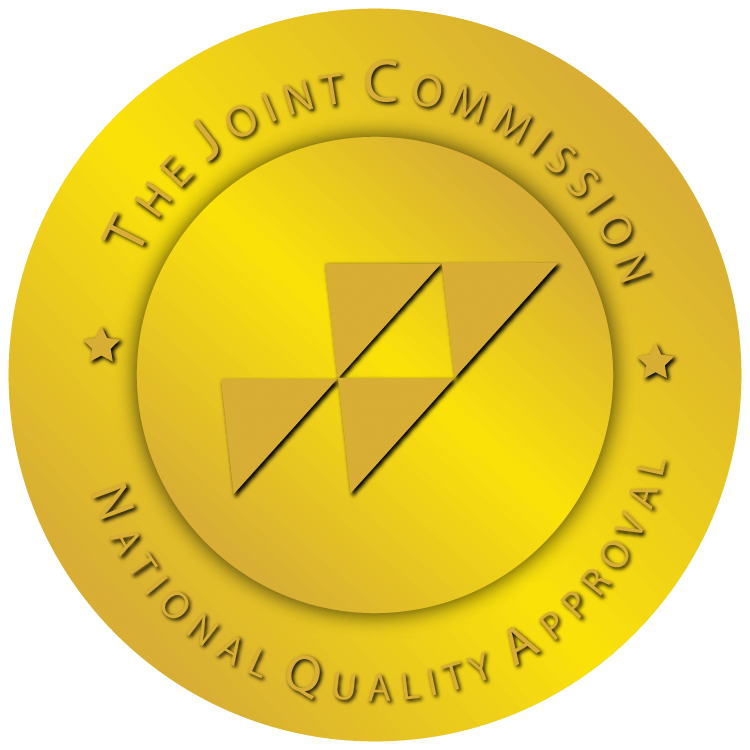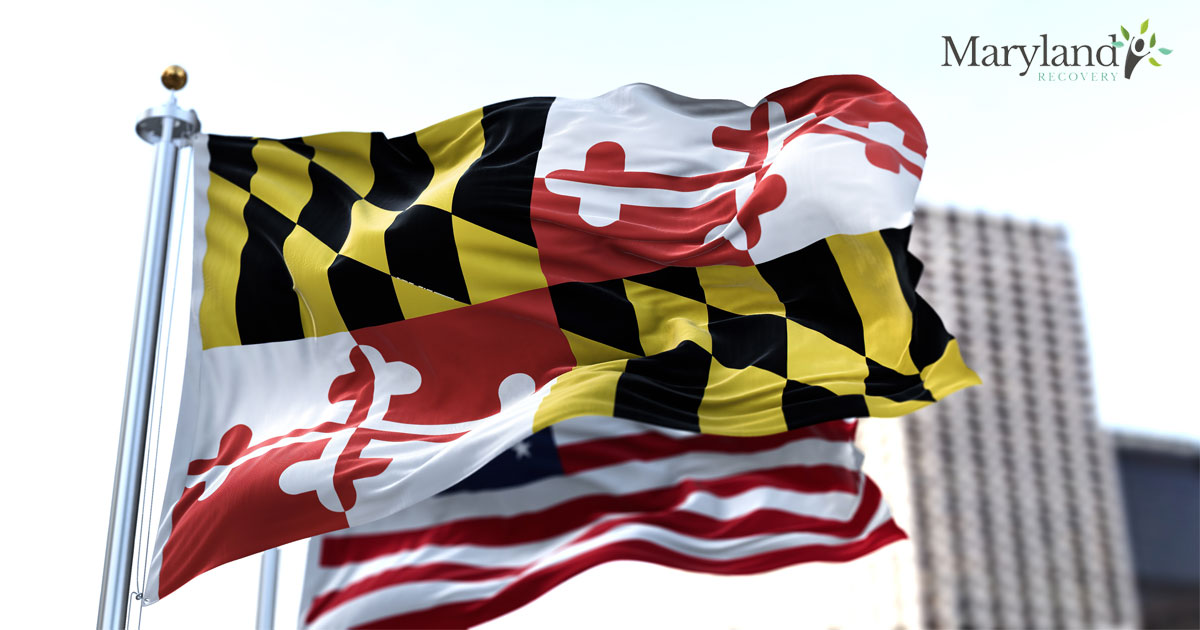
Addiction in Maryland is an ongoing issue, and studies show that over 2,000 individuals died from a fatal overdose in Maryland over the past year. While substance use disorders of all types continue to plague the citizens of Maryland, fentanyl has recently emerged as the unequivocal leader in overdose deaths.
During the peak of the pandemic, Maryland ranked among the top five states for fentanyl and other opioid-related overdose death rates. While these numbers have decreased, Maryland is still facing an opioid epidemic that continues to impact families across the state.
Addiction and Recovery in Maryland
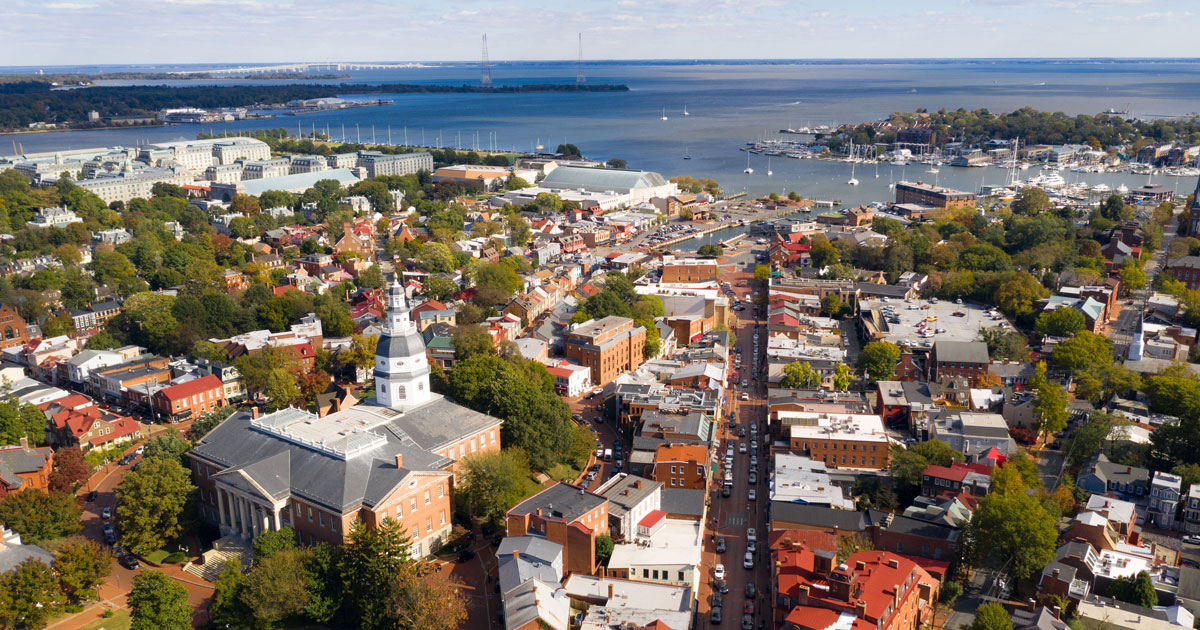
In Maryland, the overdose death rate is well over triple that of the homicide rate, making this an issue of public concern. While legislative steps have been taken to fund prevention programs in the state, it is clear that continued action is necessary. Treatment access varies drastically and can be more difficult to obtain based on economic factors. This has created a further issue of racial and economic disparity when it comes to resource access and support.
While drug and alcohol use and prescription medication misuse are certainly not an issue unique to Maryland, the state is often found near the top of the list of states with growing SUD problems. Fortunately, community organizations and government initiatives have taken notice and have designed programs to educate and provide support. In part, they have revealed that in Maryland, there are several risk factors that contribute to the ongoing challenge of combating addiction.
Increase in Opioid Prescriptions
The current opioid epidemic can be traced back to prescription OxyContin in the early 1990s – though Maryland and other states have experienced waves of opioid crisis since the Civil War. OxyContin was touted as a miracle pain-relief medication that could alleviate chronic pain without becoming addictive.
The medication was especially popular in blue-collar communities where patients often worked demanding physical jobs and needed cost-effective options. Medical professionals jumped at this opportunity quickly, unaware of how devastatingly addictive opioids truly were. By the late 1990s, fatal overdose numbers had tripled.
Since then, healthcare providers and physicians have been heavily criticized for their overreliance on these drugs to alleviate pain. Opioids were regularly prescribed following surgeries, serious injuries, or to relieve cancer symptoms. Patients ranged from young teenagers to the elderly.
Today, opioids are still prescribed by medical professionals, but often with more caution. More medical providers understand the serious risk of prescribing these medications, and facilities now regulate and monitor these drugs more carefully. However, it simply isn’t enough.
Prescription medication misuse often starts within the home when an old prescription goes unused and curious hands find it, especially in homes with children and teenagers. Opioid addiction can set in quickly, which can lead to increasingly destructive behaviors to obtain more of the drug, including seeking alternative drugs on the street. This is where fentanyl quickly gained traction in the state of Maryland.
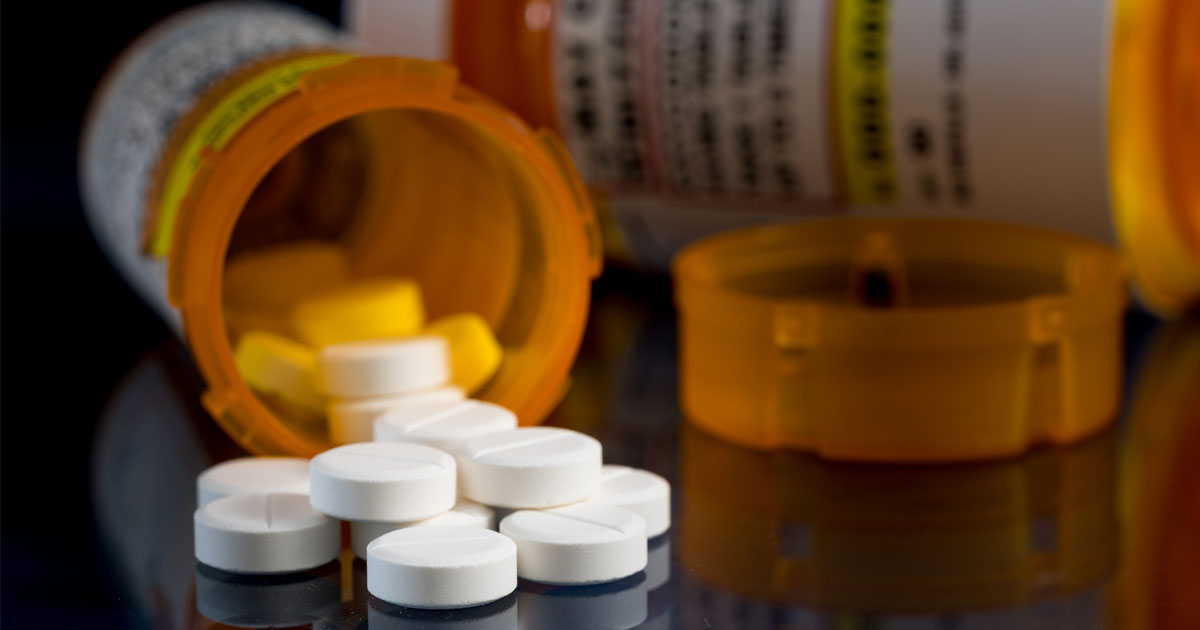
Fentanyl is a highly addictive synthetic opioid pain reliever that is cheaply made and extremely potent. It has increased in accessibility and affordability in recent years. Many fentanyl overdoses happen by mistake, as drug traffickers may use fentanyl to cut with more expensive or rarer products like cocaine or heroin. The smallest dose of fentanyl could trigger an overdose.
In Maryland, fentanyl is the primary cause of overdose mortality. In 2022, fentanyl was involved in 2,051 overdoses, which was 79.5% of all fatal overdoses that year.
Low Alcohol Costs
In addition to a serious opioid problem, Maryland also has a significant issue with alcohol use disorders (AUDs). While millions of Americans (a full 63% of citizens 12 and over) consume alcohol monthly, and many of them enjoy alcohol responsibly, others report heavy alcohol use. Heavy use can quickly lead to alcohol dependence and, over time, an alcohol use disorder.
Reports of binge drinking continue to rise, as well as the number of alcohol-related hospitalizations. The highest rates of excessive drinking, with 19% of adults in the city consuming unhealthy amounts of alcohol. The most concerning county in Maryland is Anne Arundel County, with 19.2% of adults reporting excessive drinking.
This may be attributed partially to the fact that Maryland has one of the lowest alcohol taxes in the US. This affordability promotes the ability to purchase beer, wine, and liquor more frequently, adding to the cycle of excessive drinking that often develops into a substance abuse disorder. This is also attractive for young drinkers with generally less purchasing power. Unfortunately, alcohol consumption can be especially harmful when young brains are still in development.
With easy access to alcohol and high binge drinking rates, related crimes and accidents are quick to follow. This includes increased risks of roadway issues, which often include fatal car accidents. Excessive drinking can also increase the chance of violence, risky sexual behavior, other risk-taking behaviors, alcohol poisoning, and more. Alcohol dependence can result in lasting physical and mental health problems that can impact a person’s ability to function within society.
Economic and Family Hardships

There are numerous reasons a person may turn to drugs or alcohol. A common one is a desire to numb emotional or physical pain. In Maryland, a significant percentage of all homes are single-parent households. This number of single-family households is higher in Baltimore, which is unfortunately known as the crime center of the state.
Baltimore attracts substance distributors and consumers alike, and many of the crimes committed in the area are drug-related. Violence, theft, and other crimes are often committed to gain control of certain territory, because of a bad deal, or due to someone acting erratically due to substance use.
Single-parent homes are obviously not the sole cause of Baltimore’s crime issues, but they do present two major hurdles for kids growing up in these areas. While a stable family life can provide the financial and emotional support a child needs as they grow, single-parent homes are more likely to experience financial strain and emotional trauma. In turn, financial strain paired with emotional trauma can lead a person to turn to alcohol or drugs to either numb the pain or make money.
Mental Health Disorders
Mental health and substance use disorders often go hand in hand. Statistically, 27.3% of adults in Maryland report experiencing symptoms of anxiety or depression. When compared to the 32.3% of adults in the US experiencing the same, that number is staggering.
Unfortunately, there remains a stigma in the state surrounding the discussion and treatment of mental health disorders. This can mean individuals struggling with depression, anxiety, PTSD, or other forms of mental health disorders are unable to find resources for the help they need or are too ashamed to ask. Still others have difficulty paying for specialized care.
When people are either unable or unwilling to get the mental health treatment they need, they may instead turn to drugs or alcohol.
This may feel like it is helping short-term, but it creates long-term issues that can actually worsen mental health and cause life-threatening physical symptoms. Unfortunately, these substances alter the chemical balance within the brain, specifically in the brain’s reward system. This can prevent the person from experiencing motivation, happiness, and satisfaction.
Barriers to Effective Addiction Treatment
There are several barriers that are preventing effective addiction treatment and recovery for individuals seeking support within Maryland.
Shortages
One of these barriers is the shortage of quality treatment centers and trained professionals. Maryland has a significant issue with unmet needs when a person who has a referral or feels they need mental health treatment is not receiving care. In Maryland, 30.3% of individuals who reported needing counseling or therapy for anxiety or depressive disorders didn’t receive any help, compared to the US average of 28.2%. Those facing the most significant barriers are those who are uninsured, underinsured, and communities of color.

Long Waitlists
In addition to the lack of effective treatment professionals and facilities, the facilities that do exist are experiencing long wait lists. These long wait lists are partly due to the aftermath of the pandemic. During this time, many individuals had to deal with life-altering decisions, such as closing their businesses or losing their financial security. This was a huge mental strain for thousands of individuals who are now seeking help. Long waitlists can force individuals to develop, maintain, or increase their dependency on the drugs and alcohol that are always available and waitlist-free.
Lack of Insurance Coverage
Lack of insurance coverage poses another barrier to effective treatment. While many employers are now including mental health treatment within their insurance packages, Maryland has some of the highest insurance rates in the nation. This also only helps individuals who are employed full-time at a company that can provide these benefits. Medicaid can provide support for low-income families seeking mental health treatments, but this aid can vary and often still requires out-of-pocket costs.
Maryland Addiction Recovery Resources
Hundreds of millions of dollars are spent every year to combat the opioid crisis. In 2022, the state’s fiscal budget included $978 million for mental health and substance use services. These public funds provided the means for more people to receive the help they needed. In fact, a report released by the Maryland Department of Health revealed that the number of residents who sought and received care increased by 42% over the four-year span that ended in December 2020. Even with these allocated funds, more is needed to truly address the ongoing drug crisis.
Behavioral Health Systems Baltimore is one of many organizations striving to provide education and resources for individuals throughout Baltimore City who may be addicted to life-threatening substances such as fentanyl. Their outreach branch, B’More Power, encourages individuals who use opioids to carry naloxone (brand name Narcan), which can rapidly reverse an overdose when administered correctly. B’More Power has distributed thousands of naloxone kits across the city. Each kit contains two doses of naloxone as well as first aid items, hand sanitizers, and information about the 24-hour suicide hotline.
The Behavioral Health Administration was awarded a two-year grant called the State Targeted Response to the Opioid Crisis Grant (Opioid STR). These funds will aid in the battle against Maryland’s opioid epidemic in three steps, first, by limiting prescriptions of opioid medications; second, by improving patient access to behavioral health resources; and third, by identifying and helping patients who still have treatment needs. They will focus funds on providing prevention, treatment, and recovery activities for individuals with substance use disorders.
The Maryland Opioid Rapid Response Team (MORR) is tasked to reduce the gaps that exist within the state Public Behavioral Health System by increasing access to services as well as improving those services. This is designed to further help reach members of the community who currently fall under the “unmet” category.
Their priorities include preventing opioid medication misuse through public awareness and enhancing prescriber practices, treating dependence by expanding treatment quality, expanding the accessibility of naloxone, and increasing support available throughout different communities.
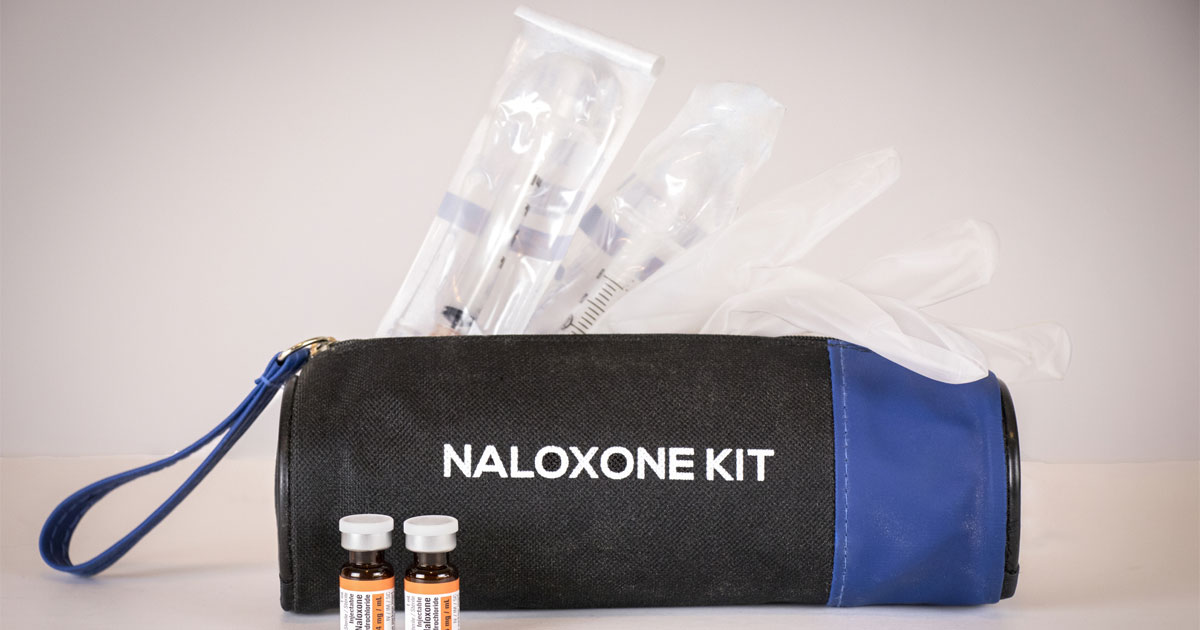
Peer Support Networks
In addition to the various initiatives and programs in place, those who are seeking recovery resources can turn to various peer support networks throughout Maryland. These networks include Alcoholics Anonymous and Narcotics Anonymous, just to name the most popular. These networks are designed to help individuals sustain long-term recovery. Simply visit their website to find local meetings and other support group options.
Maryland Recovery is another excellent resource for those seeking addiction treatment in MD. Maryland Recovery uses a personalized, unique approach to substance use disorders. Since 1999, this center has been committed to serving clients from all over the country who need help overcoming drug or alcohol dependency but provides useful resources and alumni support for Maryland residents.
Affordable Drug and Alcohol Treatment Program in Maryland
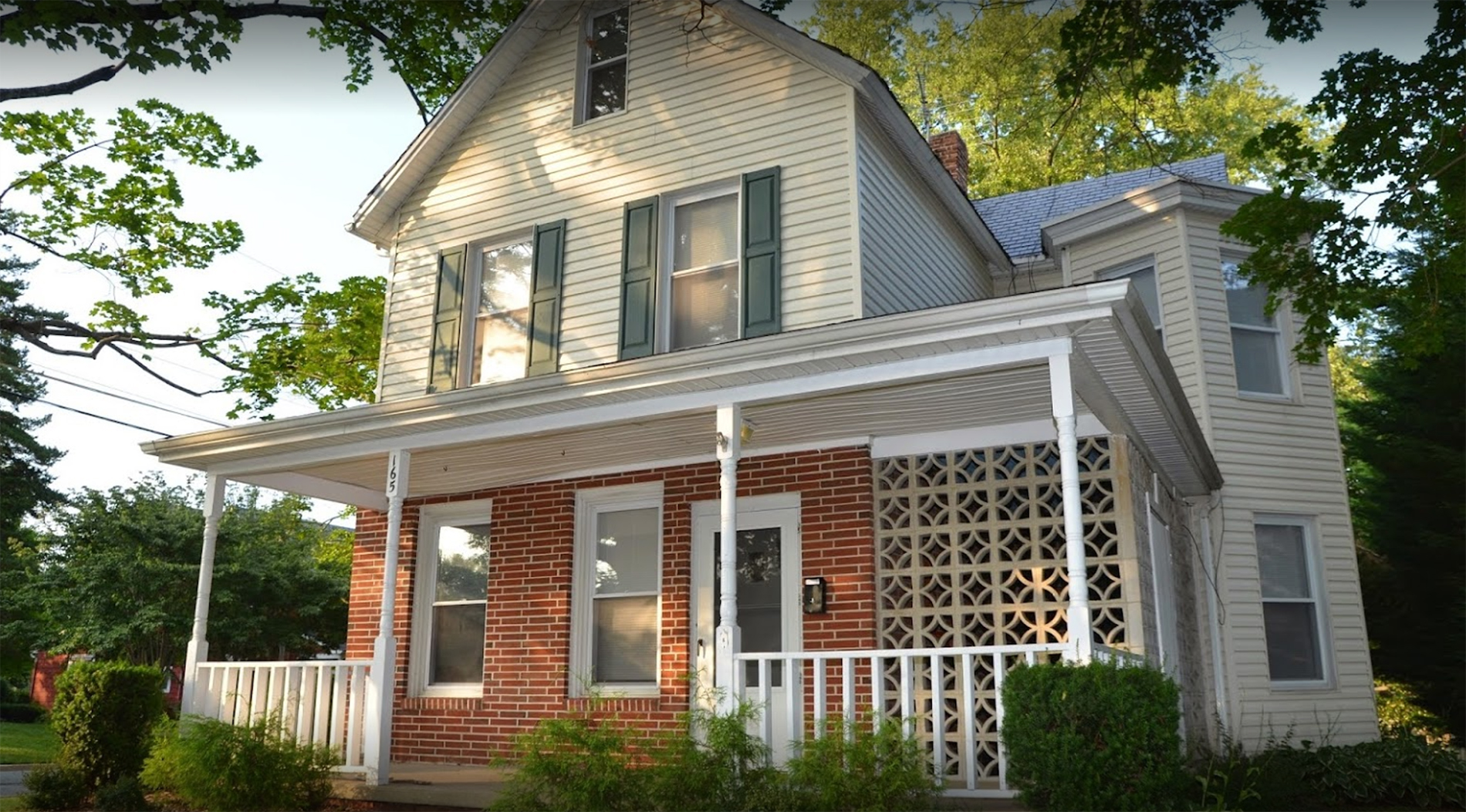
Substance use disorder continues to affect Maryland, particularly in relation to the opioid crisis. The biggest challenge facing addiction and recovery in Maryland is the availability of quality treatment and its accessibility to those who need it.
Fortunately, there are a number of programs and incentives that are actively working to close this gap. If you or someone you know is struggling with addiction, help is out there. Learn more about our outpatient drug and alcohol treatment program in Maryland.
References :
- https://www.kff.org/statedata/mental-health-and-substance-use-state-fact-sheets/maryland/
- https://www.heraldmailmedia.com/story/news/local/2023/04/21/maryland-lt-gov-miller-leads-addiction-discussion-at-sober-house/70135532007/
- https://www.wypr.org/wypr-news/2022-08-31/thousands-died-from-drug-overdoses-in-maryland-but-fatalities-decline-slightly
- https://www.heraldmailmedia.com/story/news/2021/04/01/this-is-where-maryland-ranks-among-the-drunkest-states-in-america/115877034/
- https://news.gallup.com/poll/467507/percentage-americans-drink-alcohol.aspx
- https://fred.stlouisfed.org/release/tables
- https://beforeitstoolate.maryland.gov/wp-content/uploads/sites/34/2022/07/2021-DORM-Annual-Report-Revised-7-19-22.pdf

A solution focused therapist with over a decade in the helping services, I am attuned to the broad expanse of holistic recovery. My mission is inspired by the work of Joseph Campbell, Dr. Wayne Dyer, and Fr. Joseph Martin. I am well versed in the specific needs of the recovery community and am trained in EMDR.

